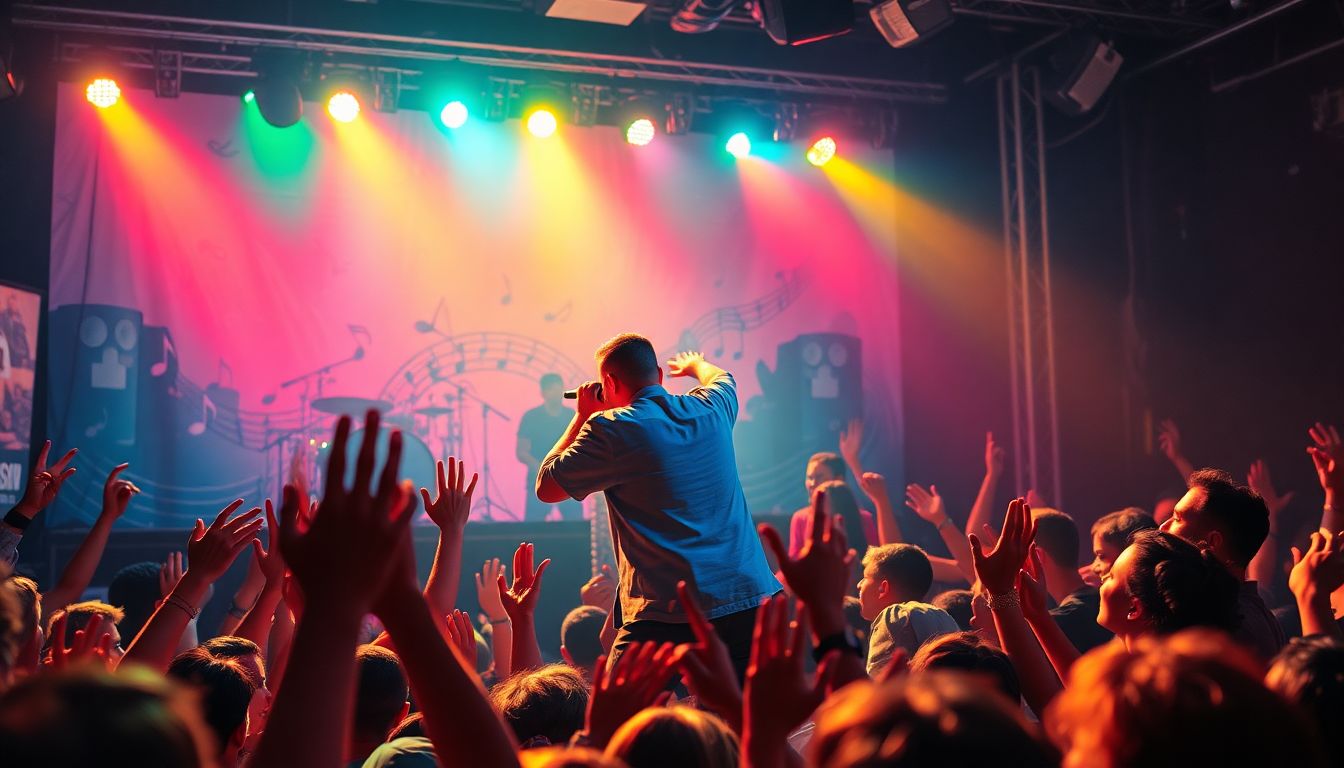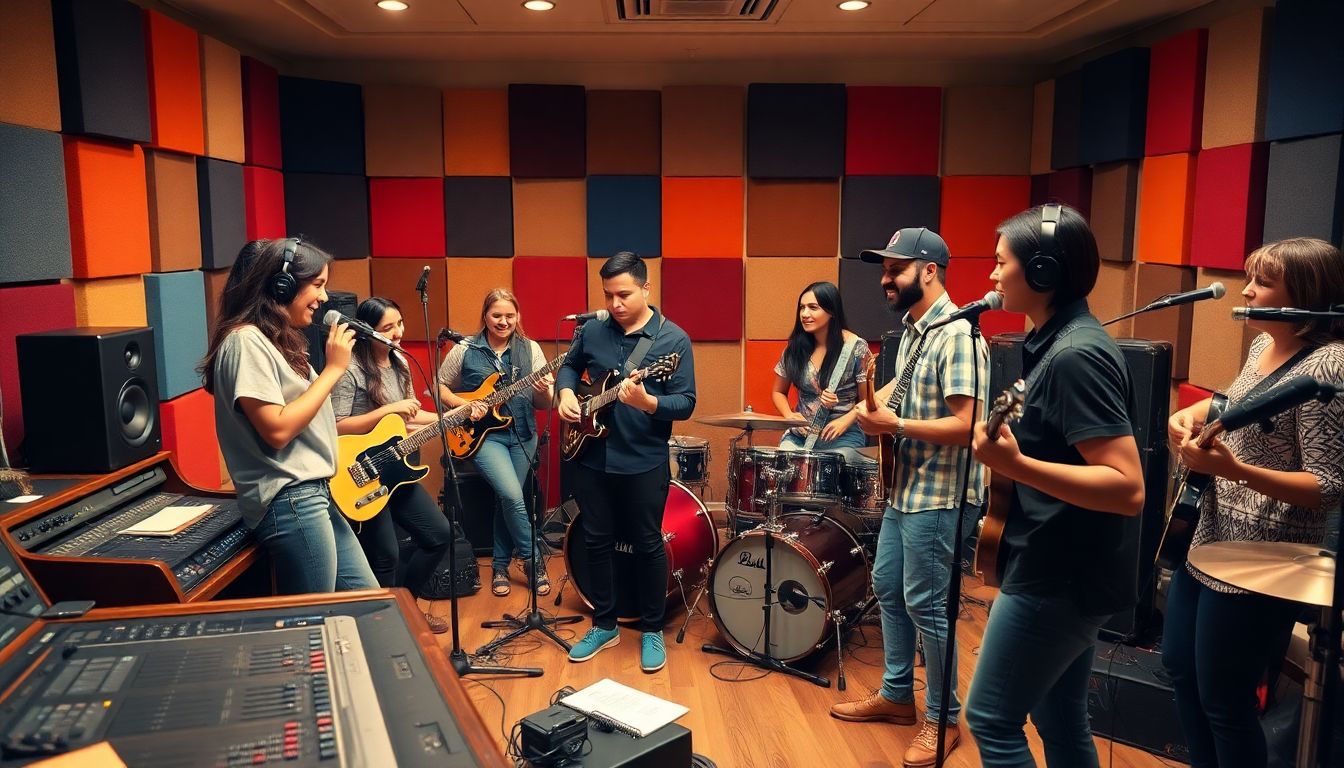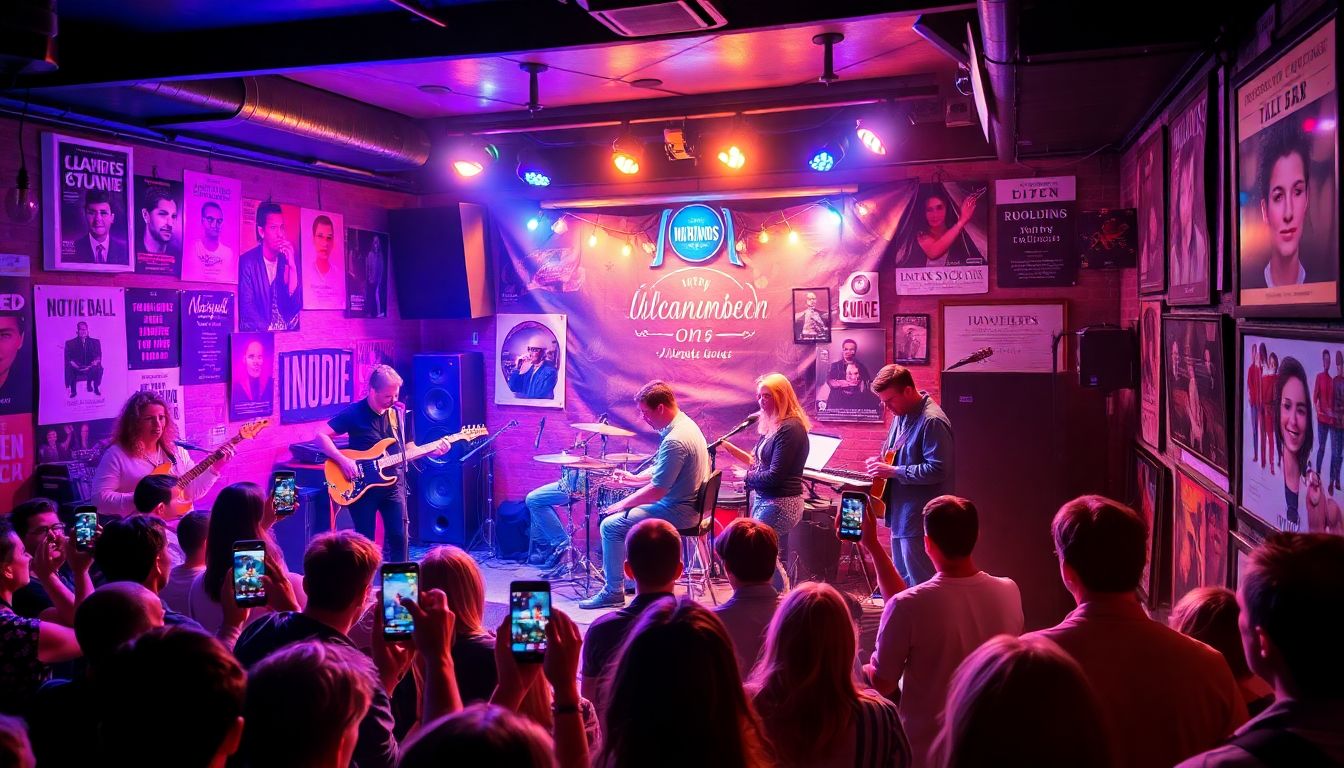The Ultimate Guide to Unsigned Artist Promotion

Introduction
Breaking into the music world without a label can seem tough. You might wonder if you’ll get the exposure and support you need. The truth is, today’s music scene is full of chances for independent artists. If you know how to promote yourself, you can grow a loyal fan base and grab great opportunities—without waiting for a record deal. This guide offers proven strategies so you can promote your music effectively, build your brand, and stand out in a crowded market.
Understanding the Unsigned Artist Landscape
The Current State of the Music Industry for Independent Artists
More artists now release music independently thanks to streaming platforms. Services like Spotify and Apple Music make it easy to share your songs with a global audience. Playing your own style or niche has become more accepted, and social media gives you a direct line to fans. This shift lets independent artists grow faster than ever, with less need for a traditional label.
Advantages of Being Unsigned
Choosing to stay independent means having total control. You can shape your musical style and image however you want. Direct connection with your fans lets you build genuine loyalty. Plus, you keep all your earnings and have full say over your brand. This freedom can be a huge plus for artists who want to stay true to themselves.
Common Challenges Faced by Unsigned Artists
Without a label, resources can be limited. It’s harder to get mainstream exposure or big promotional budgets. Building a dedicated audience takes time and effort. Plus, knowing what channels work best for promotion can be confusing at first. But with a clear plan, you can overcome these hurdles and succeed.
Developing a Strong Brand and Unique Identity
Crafting Your Artist Persona
Your artist identity shapes how fans see you. Think about your genre—are you a pop star, rapper, or singer-songwriter? What’s your message or story? Developing a visual style helps fans recognize you instantly. Use your logo, photos, and graphics to match your vibe.
Creating a Cohesive Online Presence
Your website should be simple but complete. Include your bio, latest music, and ways for fans to contact you. Keep your brand consistent across platforms like Instagram, TikTok, and Facebook. Use the same colors, fonts, and tone to make your identity memorable.
Leveraging Your Unique Selling Point (USP)
Ask yourself, what makes your music different? Maybe it’s your storytelling or your mix of genres. Highlight what makes you special. Share your story honestly to connect with fans who share your interests. Your USP is what makes people want to listen and follow.
Building an Effective Online Presence
Optimizing Social Media for Music Promotion
Pick a few platforms where your fans spend time. Instagram, TikTok, and YouTube are popular for music artists. Post regularly—behind-the-scenes clips, song teasers, or live sessions. Use hashtags and geotags to reach new audiences. The goal: create a community that interacts with your content.
Content Strategies That Drive Engagement
Share updates that make fans feel involved. Upload behind-the-scenes footage, snippets of upcoming songs, or livestreams. Encourage fans to share their own videos or covers. Respond to comments and DMs—this builds loyalty and keeps your engagement high.
Importance of an Artist Website and Email List
Having a clean, professional website helps you control your brand. It’s a central hub for your music, photos, and contact info. Plus, creating an email list allows you to connect directly with fans. Send updates about new releases, shows, or merch, and keep your followers engaged.
Utilizing Digital Platforms and Music Distribution
Releasing Music on Major Streaming Platforms
Use distributors like DistroKid or TuneCore to upload your music. They get your songs onto Spotify, Apple Music, and others. To increase your chances of getting playlists, pitch your songs early and send your music to curators. Quality and timing matter.
Leveraging Music Platforms to Boost Visibility
Get noticed on playlist curation sites or platforms like SoundCloud and Bandcamp. Playlists drive streams and fan discovery. Engage with fans on these platforms and share your music actively.
Tracking Analytics and Adjusting Strategies
Keep an eye on your stats—who listens, where your fans are, which songs get the most plays. Use this data to tailor your promotions. If a certain type of post gets more engagement, do more of it. Always be ready to change your approach.
Strategic Collaboration and Networking
Partnering with Influencers and Content Creators
Find influencers or TikTok creators who relate to your music. They can help you reach new fans. Approach them professionally with clear ideas or collaboration offers. A well-placed shoutout or feature can boost your visibility fast.
Connecting with Other Artists and Musicians
Collaborations open doors for mutual fans. Cross-promote songs, perform joint live streams, or co-write music. Building a network of fellow artists creates support and new opportunities.
Engaging with Fans and Building a Community
Organize virtual events like Q&As or streaming parties. Invite fans to share their own covers or stories related to your music. Creating a sense of community makes fans more loyal and eager to support your next project.
Going Beyond the Digital: Offline Promotion and Opportunities
Performing Live and Gaining Exposure
Local gigs, open mics, or regional festivals are great for exposure. Playing live helps build a following and sharpens your skills. Remember, every fan you meet in person is a valuable supporter.
Media Outreach and Press Coverage
Create a professional press kit and pitch your story to local radio stations, blogs, or magazines. Personalize your pitches to show why your music matters. Getting media coverage boosts your credibility.
Merchandising and Brand Expansion
Selling T-shirts, stickers, or posters can increase your income and promote your brand. Well-designed merch reinforces your identity and keeps fans connected.
Measuring Success and Refining Your Promotion Strategy
Key Metrics to Track
Watch your streaming stats, social media likes, comments, and website visits. Notice how your fan base grows over time. Changes in concert attendance or merchandise sales are also important signs of progress.
Adjusting Strategies Based on Data
If certain posts get better responses, focus more on those. If some platforms aren’t helping, shift your efforts elsewhere. Always test new ideas and refine your approach.
Staying Persistent and Consistent
Building a music career takes time. Keep posting regularly, stay true to your style, and don’t give up after setbacks. Consistency keeps your momentum flowing.
Conclusion
Promoting yourself as an unsigned artist is all about being strategic and authentic. Focus on creating a solid brand, engaging on social media, and making genuine connections. Stay patient, adapt based on what you learn, and keep working hard. Your music can reach more people than you ever imagined—without waiting for a record label. Use these strategies, stay persistent, and watch your music career grow.



